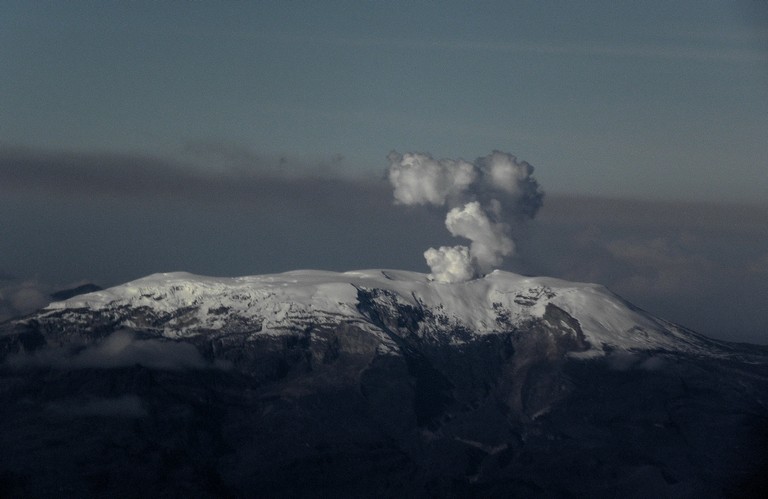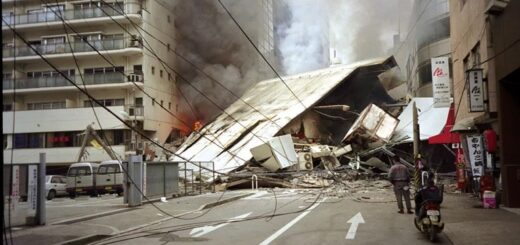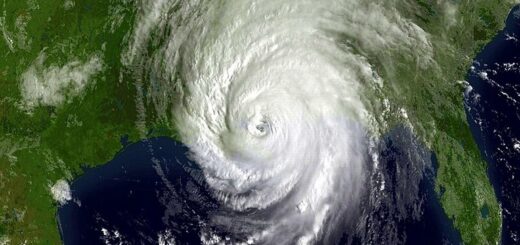Nevado del Ruiz, Colombia Volcanic Eruption – November, 1985

Colombia’s town of Armero was completely devastated by a landslide Colombia’s Nevado del Ruiz erupted and mudflows swept down from a height of 17,500 feet resulting 23,000 deaths, 5,000 injuries and destruction of 5,000 houses.
On 13th November, 1985, Colombia’s Nevado del Ruiz, South America’s most northerly active volcano, erupted close to midnight. Pyroclastic flows melted ice and snow at the 17,500-foot summit, forming mudflows that rushed down several river valleys. These mudflows, known locally as lahars, were as thick as 150 feet and they traveled at more than 65 mph, devastating houses and towns in their paths. The town of Armero, fifty miles from Colombia’s capital, Bogota, was completely covered by them, killing 21,000 of its population of 28,700. In all there were 23,000 deaths, 5,000 injuries, and the destruction of more than 5,000 homes.
On that day, a major eruption occurred, resulting in the melting of a large portion of the glacier that had previously covered the summit. The most tragic consequence of the eruption was the lahar, a fast-moving mudflow of volcanic ash and melted glacier water, that descended the river valleys surrounding the volcano. The lahar reached the town of Armero, burying it under a massive flow of debris. The destruction was immense, and the event claimed the lives of an estimated 23,000 people, making it one of the deadliest volcanic disasters in history.
The tragedy sparked criticism of the Colombian government and local authorities for their inadequate response to the warnings and for failing to evacuate the vulnerable communities in the path of the lahar. The event also highlighted the importance of effective communication and preparedness in managing volcanic risks in volcanic-prone regions. The Nevado del Ruiz eruption serves as a sobering reminder of the potential dangers posed by active volcanoes and the need for proactive measures to mitigate the impact on communities at risk.








